Storing Water 101: Preparing For A Hurricane
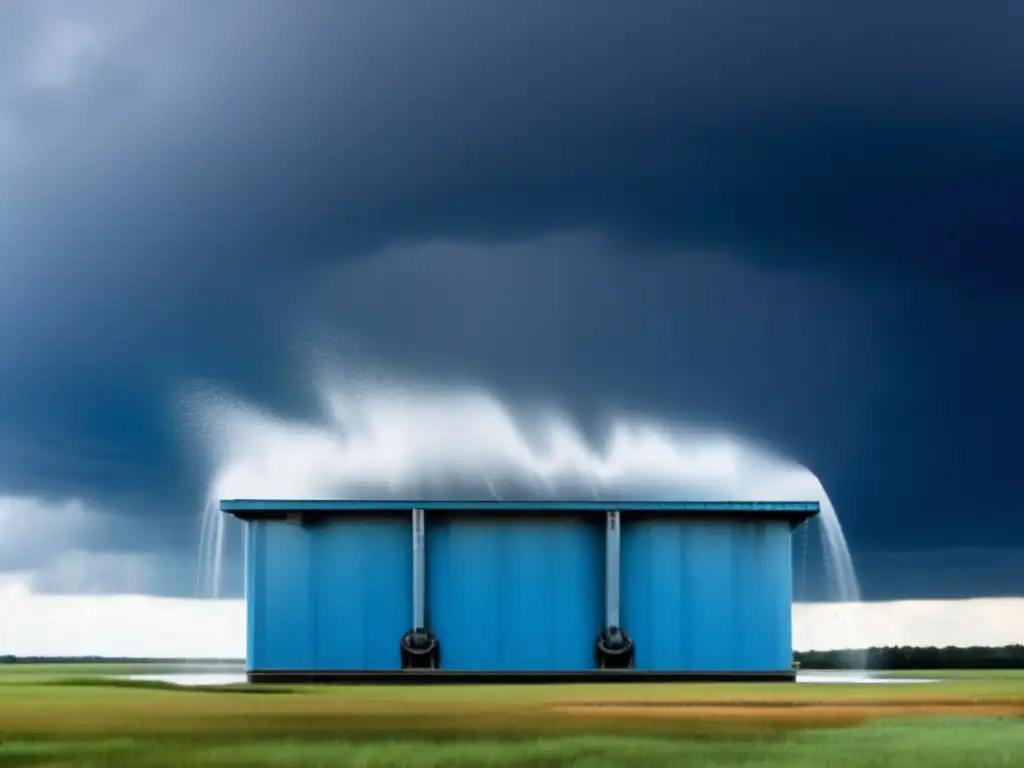
Storing Water 101: Preparing for a Hurricane
Introduction
As hurricane season approaches, it's essential to prepare for the potential impacts of a storm. One crucial aspect of preparation is ensuring that you have an adequate supply of clean water in case of power outages, flooding, or contaminated water sources. In this article, we will provide some basic knowledge about storing water for hurricanes and how to ensure its safety for consumption.
Why You Need to Store Water

The Importance of Water for Survival
Most people are aware of the importance of water for survival. In general, humans can only survive for three to five days without water. However, during extreme heat or exertion, that time may be shorter. In a hurricane situation, access to clean water may be interrupted for days, if not weeks. Additionally, drinking contaminated water can cause illness or infection.
Potential Sources of Contamination During Hurricanes
Hurricanes can cause significant damage to water treatment facilities, wells, and other water sources. Flooding can also contaminate water sources with sewage and other harmful substances. Even after the storm has passed, the risk of contamination can be prolonged. Therefore, it's crucial to have enough clean water stored to last for several days.
How Much Water to Store
The general rule of thumb is to store one gallon of water per person per day for at least three to seven days. This amount will vary depending on individual needs, climate, and physical activity levels. Children, pregnant women, and people with medical conditions may require more water.
Storing Water Safely
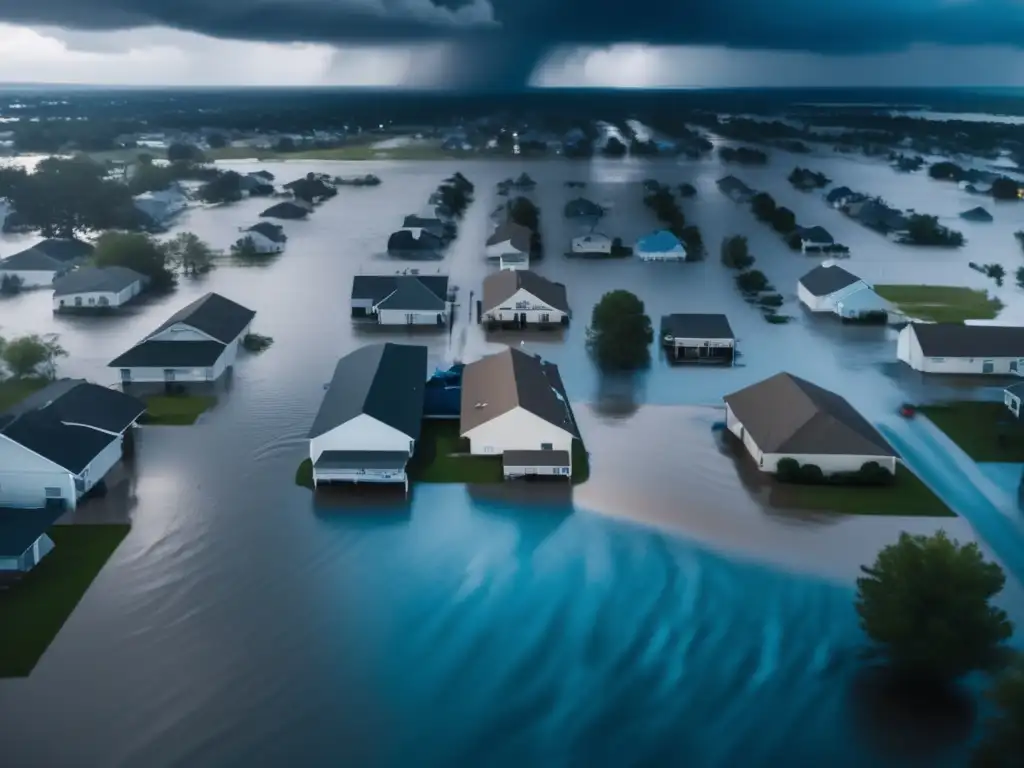
Choosing Containers
When storing water, it's essential to choose the right container. It should be made of food-grade plastic, such as HDPE (high-density polyethylene) or PETE (polyethylene terephthalate). Avoid using containers that previously held chemicals or other non-food items, as they may contaminate the water. Additionally, make sure the container has a tight-fitting lid and is free from cracks or leaks.
Preparing Containers
Before filling containers with water, they should be thoroughly cleaned and sanitized. To do this, wash the container with hot, soapy water, rinse well, and then sanitize by either boiling water and pouring it into the container, or by adding one teaspoon of unscented household bleach per gallon of water and allowing it to sit for at least 30 seconds.
Storing Water
Store your water containers in a cool, dark place away from direct sunlight and chemicals. If you're storing multiple containers, stack them no more than two high to avoid crushing or damaging them. Rotate your stored water every six months to ensure its freshness and quality.
Maintaining Water Quality

Testing Your Stored Water
Before drinking stored water, it's important to test its quality. One easy way to do this is by using chlorine test strips, which are available online or at most hardware stores. Follow the instructions on the package to test your water's chlorine levels. The ideal range is between 0.2 and 1.0 milligrams per liter (mg/L).
Treating Contaminated Water
If your stored water becomes contaminated or if you run out of stored water, you can treat contaminated water to make it safe to drink. Boiling is the safest and most effective method of water treatment. Bring the water to a rolling boil for one minute (three minutes if you're above 6,500 feet elevation). Allow the water to cool before drinking. If you don't have access to heat or electricity, you can use water purification tablets or a filter designed for removing bacteria and viruses from water.
FAQs
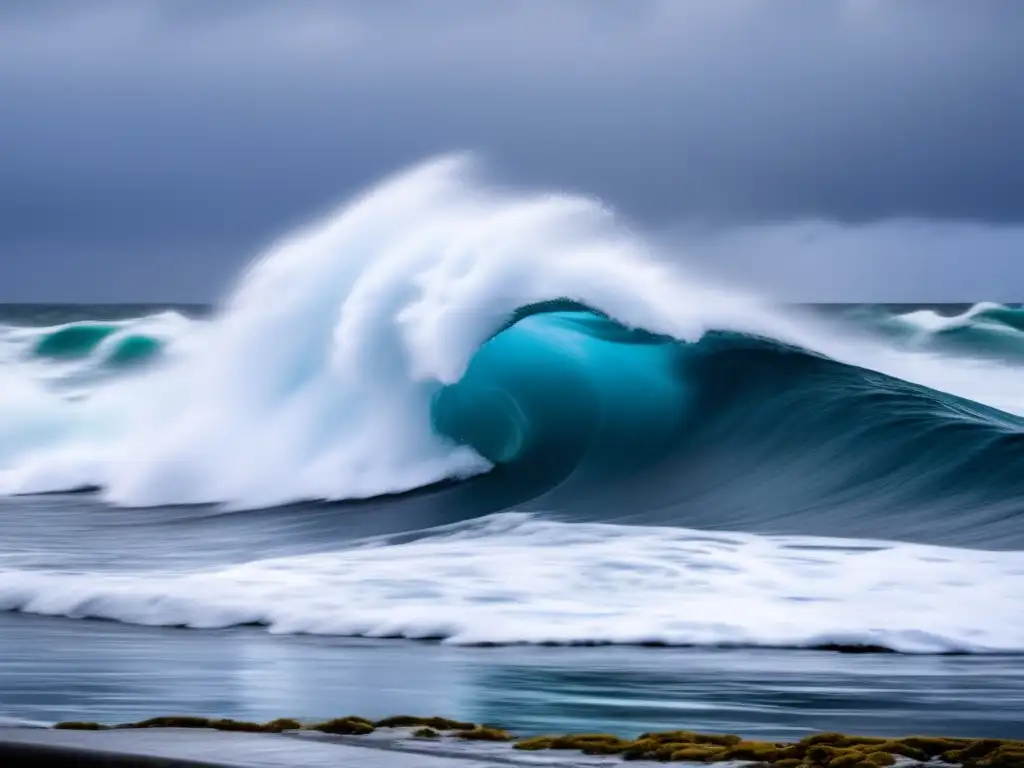
-
Do I need to store water if I already have a well?
Yes, during a hurricane, power outages or flooding can cause well water to become contaminated. It's essential to have a backup supply of clean water.
-
Can I store water in any type of container?
No, it's essential to use food-grade plastic containers that are specifically designed for storing water. Other types of containers, such as milk jugs or soda bottles, may leach harmful chemicals into the water.
-
How long can I store water?
If stored correctly, water can be stored for up to six months. However, it's important to rotate your stored water every six months to ensure its freshness and quality.
-
What do I do if I run out of stored water?
You can treat contaminated water to make it safe to drink by boiling it or using water purification tablets or filters designed for removing bacteria and viruses from water.
-
Can I drink rainwater during a hurricane?
No, rainwater can be contaminated with bacteria and other pollutants. It's essential to store only clean, treated water for consumption.
Conclusion
Storing water is a critical part of hurricane preparedness. By following the guidelines outlined in this article, you can ensure that you and your family have access to clean, safe water during and after a hurricane. Remember to regularly check and rotate your stored water and test its quality before drinking. Stay safe and be prepared!
If you found this article helpful, please share it on social media or with your friends and family. We also encourage you to leave any comments or questions below. Thank you for reading, and we wish you all the best during hurricane season.
Additional Resources
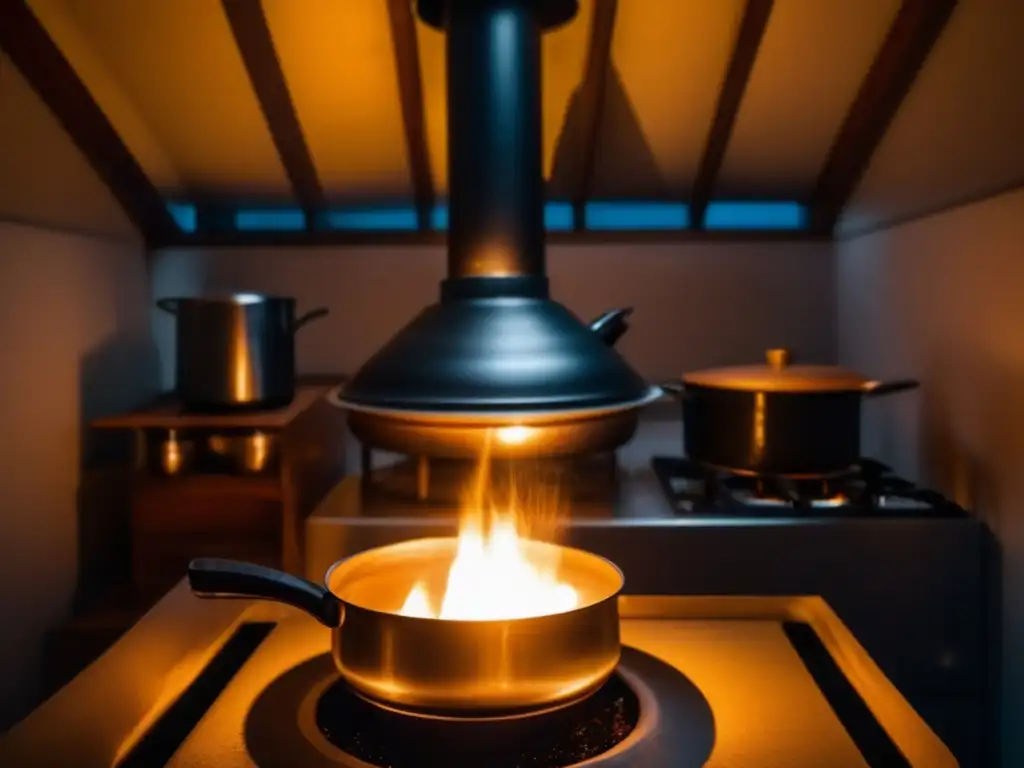
- Ready.gov: Water
- CDC: Making Water Safe in an Emergency
- EPA: Emergency Disinfection of Drinking Water
 Multi-Tool Kits
Multi-Tool Kits A Game Plan For Special Needs: Caring For Disabled Family Members During A Hurricane
A Game Plan For Special Needs: Caring For Disabled Family Members During A Hurricane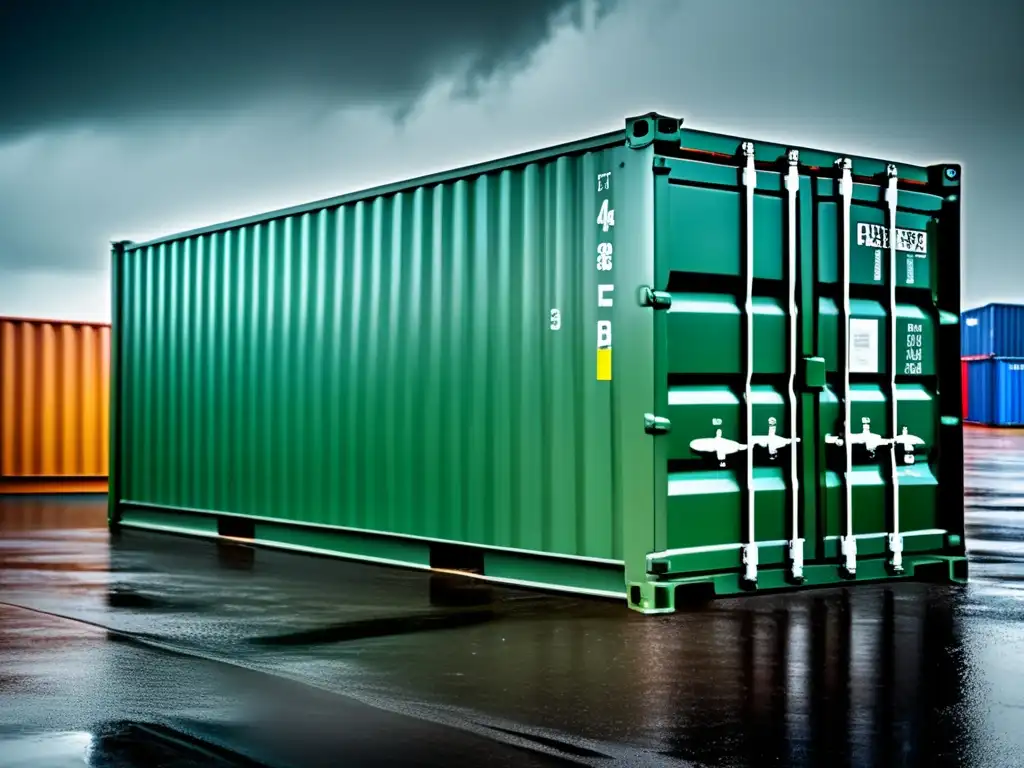 Waterproof Storage Containers
Waterproof Storage ContainersIf you want to discover more articles similar to Storing Water 101: Preparing For A Hurricane, you can visit the Hurricane preparedness: category.
Leave a Reply

Articulos relacionados: